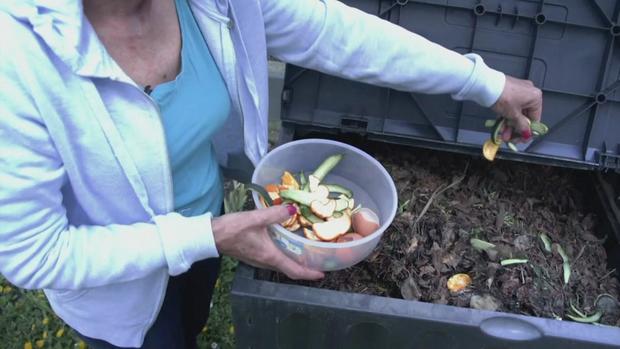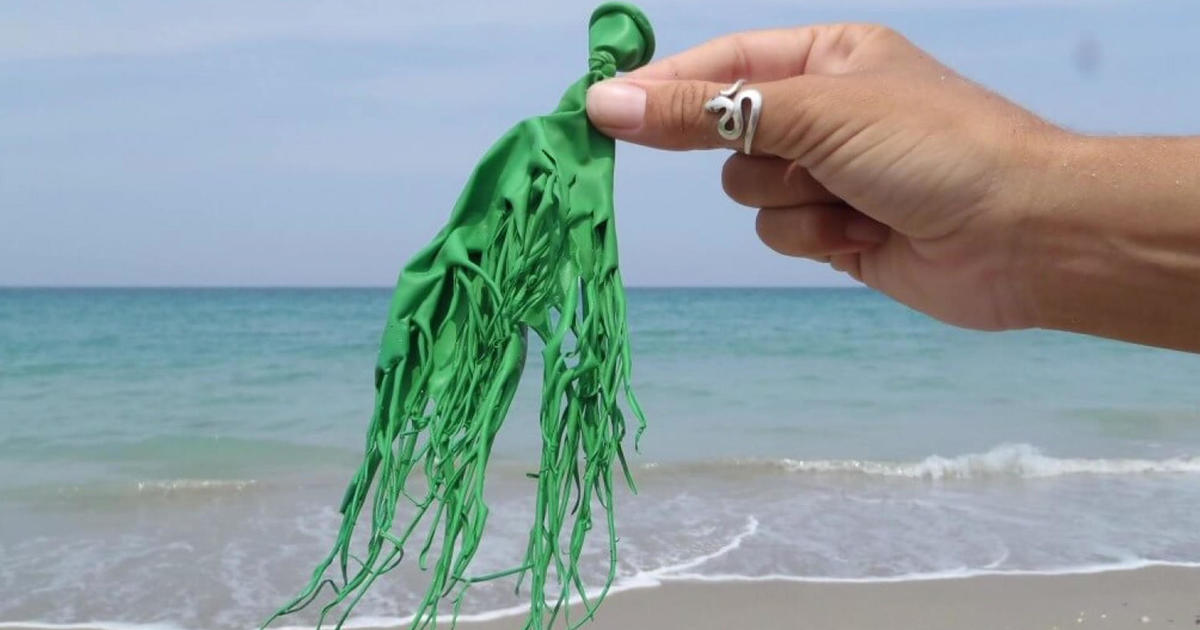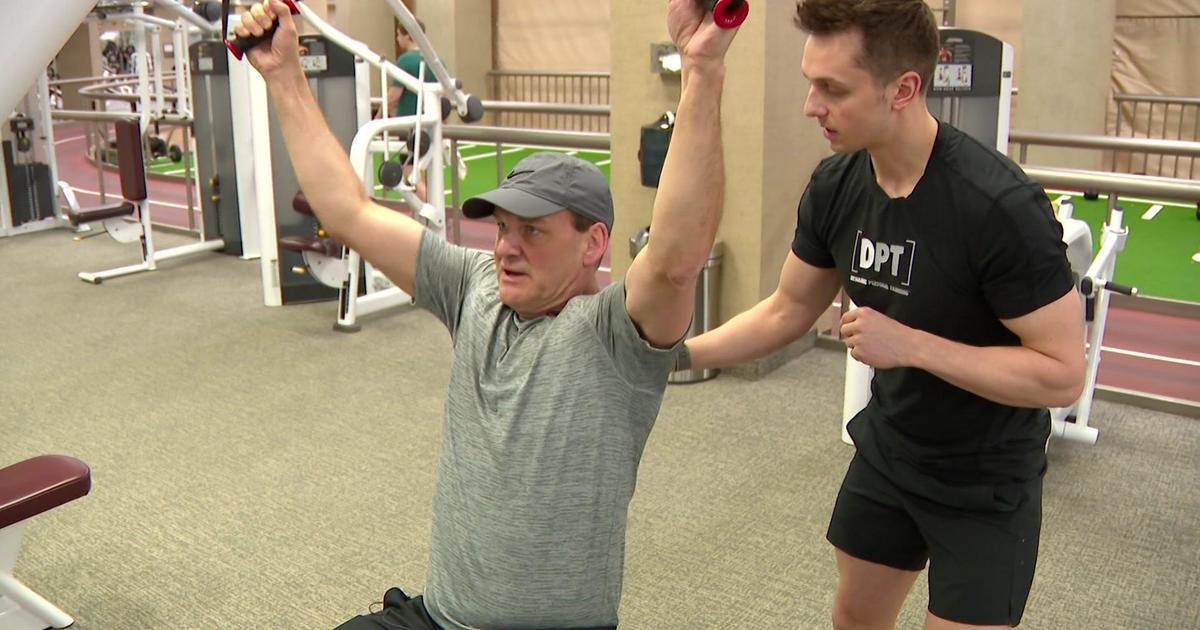What can the average person do to help reduce climate change?
ST. PAUL, Minn. — April is Earth Month and we're less than a week from Earth Day. That timing matches up with an email we received from Mary in Minneapolis.
She wants to know: What can the average person do to help reduce global warming? Good Question.
WCCO stopped two people along the trail surrounding Lake Como to see if they've taken steps to reduce climate change. Both were quick to share how they're being environmentally friendly.
"Our family is minimalist, so we try to really reduce consumption as a whole. So, we have less to waste and bring in less things from the environment," said Devan Compart.
"I drive a Tesla, which is an electric car which uses no fuel," Nash Baux said. "I try to grow most of my food."
GOOD QUESTION: What's the most efficient way to clean your home?
We were surprised that the first two people we stopped both had lifestyles with climate change in mind. At the same time, maybe we shouldn't have been surprised.
A survey last year found 72% of Americans believe global warming is happening and 64% are worried about it.
"But many of us don't actually know what to do," said Heidi Roop.
Roop is an assistant professor of climate science and the director of the University of Minnesota's Climate Adaptation Partnership.
"We serve as the front door to Minnesota communities to help them understand their climate risks and what the future may hold in terms of climate change," she said. "Most important of what we do is address those challenges."
She's heard it all before when it comes to how people can slow climate change, especially when asked, "Am I actually making a difference?" It's a question she's pondered herself.
"Climate change is my day-in and day-out. It's what I do all day, and sometimes I still wonder whether it's enough," Roop said.
How can we get motivated to feel like we're making a difference with climate change?
"I always encourage people to find a way to engage in climate work where they like being and doing things they enjoy," she said.
For an artist, that could mean creating a piece that raises awareness on climate change and helps keep the conversation going.
"There are a multitude of ways that we can build our own unique climate solutions journeys," Roop said.
RELATED: Nearly half of U.S. homes face severe threat from climate change, study finds
Popular ideas include buying an electric car or installing solar panels on your home. Both are impactful and proven to slow climate change but they're not possible for everyone, whether it's cost or location.
It's why Roop wrote The Climate Action Handbook, filled with 100 ideas to help people lower their carbon footprint and learn how to prepare for the climate changes that have already happened.
There's a chapter on changes to make in your home, such as LED light bulbs, lowering your water heater temperature and fixing the insulation to ensure heat doesn't escape.
"The benefit here on many cases, it can save you a lot of money on your energy bill," Roop said.
There are several chapters involving eating habits. Roop doesn't want to tell people what they can and can't eat, but she does emphasize that less meat in a diet can lower emissions. Cattle in particular are known for how much methane gas they produce.
One change could be dropping meat or beef consumption by 25% or replacing meat with vegetables in a meal once a week. Baux removed meat from his diet for health reasons.
"If people try to steer themselves toward a healthy lifestyle, then naturally the environment becomes also healthy," said Baux.
How much we eat versus throw out is another way to make a difference.
"About 40% of the food we produce in this country goes straight into waste. It's never consumed," Roop said.
Repurposing leftovers or scraps into new meals reduces waste. Composting is another method to reduce waste. Less garbage in landfills reduces greenhouse gases.
Online shopping is extremely popular, but the emissions produced by delivery trucks hurt the environment more than the average car. Roop had several tips to be more environmentally friendly when shopping online.
"By opting for slower shipping, you can reduce the emissions associated with the package by about 180%," she said.
That means instead of getting next-day delivery for one item, pick a later date to ship. That allows the supplier to create a more efficient delivery route.
GOOD QUESTION: How do you dispose of old electronics and wires?
How often you return items purchased online is another change to consider. Her book states that 30% of online shoppers "overbuy" and end up making returns. It often happens with clothing since people need to try on multiple sizes. The return rate for clothes and shoes is 56%, her book states. That results in more emissions due to another round of shipping.
"These are behavior changes and in some cases they feel sacrificial," said Roop. "But I think that's where building out a portfolio of the many things you can do today and the things you're going to work toward tomorrow are really important."
That means it's OK for people to move at their own pace, just spread the word along the way.
"Getting there can be pretty challenging, but once you're there it's a freeing process," Compart said about becoming a minimalist.
To learn more about Roop's background and read more of her tips on slowing climate change, click here.





